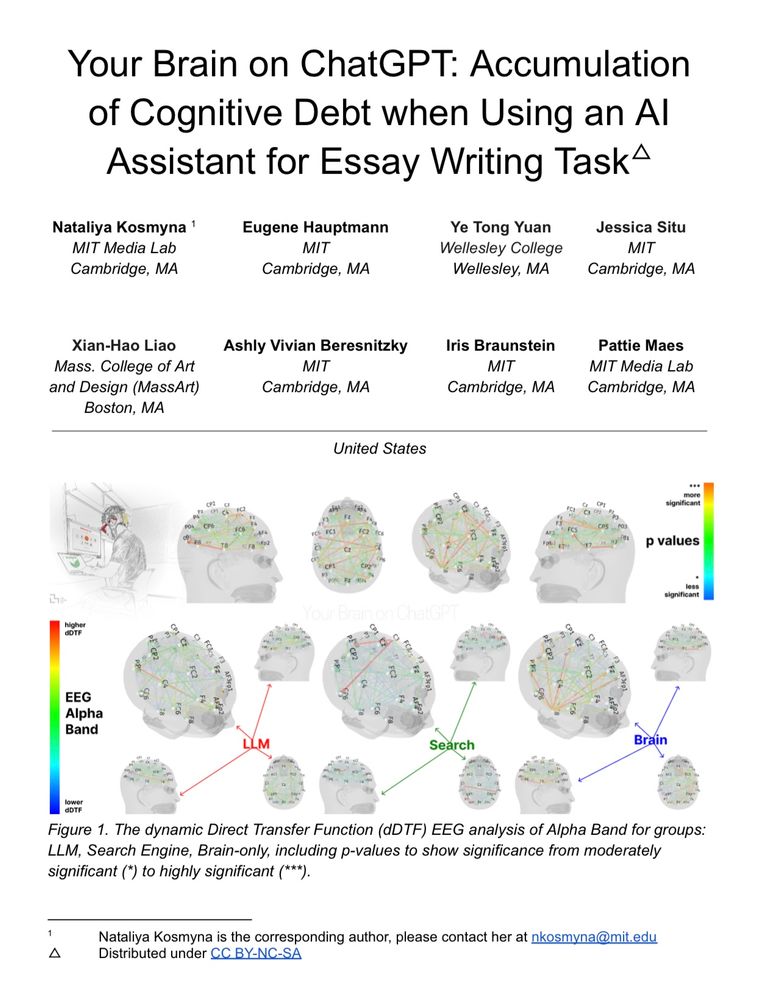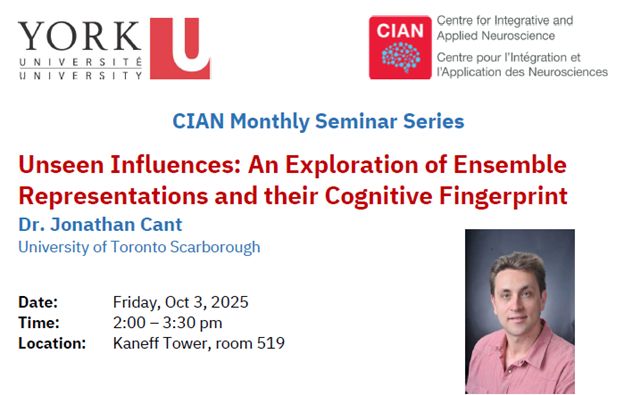Doug Crawford
@jdcrawford.bsky.social
1.3K followers
630 following
280 posts
Distinguished Research Professor in Neuroscience; York Research Chair in Visuomotor Neuroscience; Director, Centre for Integrative and Applied Neuroscience; PI, Connected Minds Program, York University, Toronto 🍁
Posts
Media
Videos
Starter Packs
Reposted by Doug Crawford
Reposted by Doug Crawford
Andrew Iwaniuk
@evoneuro.bsky.social
· Sep 4

Assistant Professor (Neuroscience, Tenure Track) - Lethbridge (City), Alberta (CA) job with University of Lethbridge | 39049
Assistant Professor (tenure track) of the Department of Neuroscience at the University of Lethbridge, Alberta, Canada
neurojobs.sfn.org
Reposted by Doug Crawford
Reposted by Doug Crawford
Reposted by Doug Crawford
Reposted by Doug Crawford
Reposted by Doug Crawford
Reposted by Doug Crawford
Reposted by Doug Crawford






















